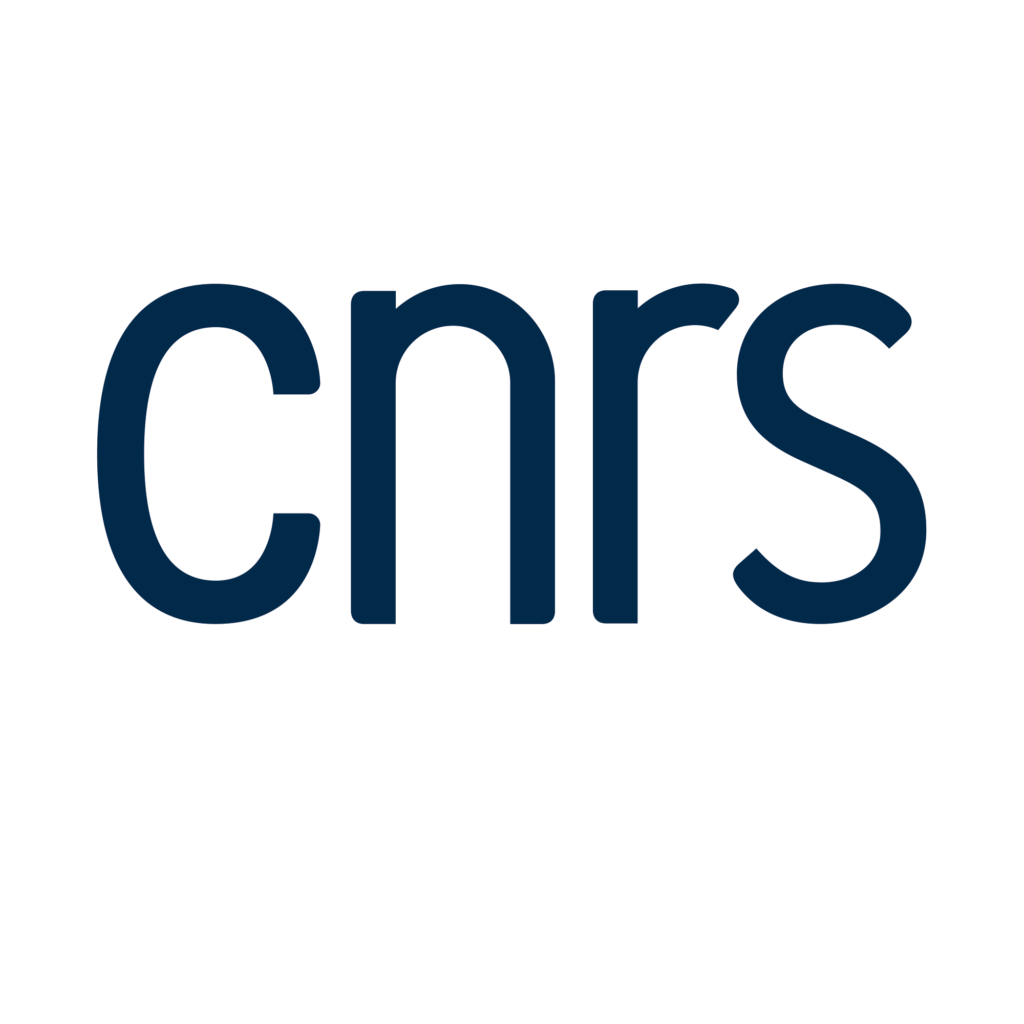
The Federation
Presentation
The emergence of nanosatellites
By focusing on cost reduction, shorter lead times and technological innovation, facilitating access to space and diversifying the players involved, the NewSpace movement arguably revolutionized the space industry at the end of the 20th century. Hitherto reserved for government agencies such as NASA in the USA or CNES in France, space is now accessible to a multitude of private and public organizations whose aim is to exploit space for scientific or commercial purposes. The specific characteristics of this new environment have inevitably favored the emergence of nanosatellites.
Initially conceived as educational tools and technological demonstrators, nanosatellites have more than demonstrated – with over 2600 launches in recent years – their ability to fly while carrying out scientific operations. What’s more, thanks to major technological advances, they are proving to be highly promising new vectors for cutting-edge science. Their size and cost, both much more modest than for traditional larger space missions, make more exotic projects feasible, such as sending swarms or constellations of satellites. Seizing the opportunity presented by nanosatellites, many research laboratories and institutions around the world begun to develop projects, or even dedicated branches. And this, in a wide variety of fields, from climatology to cosmology, via a range of disciplines in physics, Earth sciences and the Universe. As evidenced by the particularly impressive proliferation of players in the Paris region, the space world is truly witnessing the emergence of a new paradigm: nanosatellites.
The essence of the Fédération Nanosats
Created in 2023, the Fédération Nanosats is a CNRS research federation dedicated to the development of scientific nanosatellite projects in Earth and Universe sciences. Spearheaded by Observatoire de Paris and supported by 5 other supervisory bodies (CNRS, ENS, Université Paris Cité, Sorbonne Université, Université Paris-Est Créteil), it aims to provide an effective response to the issues raised by the scientific community during the respective forecasts of the Institut national des sciences de l’Univers (CNRS INSU) and the Centre national d’études spatiales (CNES), namely the need for simplification, communication, mutualisation and representation vis-à-vis supervisory bodies, private players and space agencies including CNES.
Objectives
The Nanosats Federation aims to foster the development of major scientific advances in Earth and Universe Sciences through the use of nanosatellites. By capitalising on the wealth of experience of each partner and their human and technical resources, the Federation aims to boost the dynamism of the scientific community in this field by developing scientific and technical objectives, meeting the challenges of NewSpace and federating and developing the nanosatellite community in the Paris region.
Evolution
The scientific community’s enthusiasm for nanosatellites extends far beyond the borders of the Paris region. For example, the university space centre in Montpellier, which was responsible for the first nanosatellite in France, as well as those of the universities of Grenoble and Toulouse, have a significant scientific space research activity. More educational in nature, the space centres at the universities of Aix-Marseille, Bordeaux and the Côte d’Azur, as well as the École Polytechnique, are in the process of being developed. This is why, although the Nanosats Federation is currently focusing its activities on the Ile-de-France region, its development will naturally tend to bring together all the players in France over the next few years.
The Fédération Nanosats is managed by an Executive Committee, supported by a Steering Committee and a Council.
Governance
Executive committee
The Executive Committee is made up of a unit director, Coralie Neiner, appointed by the CNRS President and CEO after approval by the 6 main supervisory bodies, the competent bodies of the CoNRS and the partner units, and a deputy director, Gauthier Hulot, appointed from among the members of the Federation on the proposal of the unit director and after approval by the Federation Council.
In addition, to ensure thematic balance, the duo forming the Executive Committee is systematically made up of one representative of the Earth sciences community and one representative of the Universe sciences community. Current committee members are based respectively at the Laboratoire d’études spatiales et d’instrumentation en astrophysique (LESIA – Observatoire de Paris-PSL) and the Institut de physique du globe de Paris (IPGP).
Steering Committee
The Steering Committee advises the federation on scientific orientations. It is made up of the Executive Committee, representatives of the federation’s supervisory bodies and CNES, as well as external members from the academic, economic and social sectors, and any observers.
Representative of supervisory bodies
- Céline Reyle, CNRS
- François Boulanger, ENS
- Edouard Kaminski, université Paris Cité
- Hervé Cottin, université Paris-Est Créteil
- Elen Guy, Sorbonne Université
- Carlos Garrido, Observatoire de Paris
Representative of academia and economics sector
- Mathieu Barthelemy, IPAG & CSUG
- Nicolas Nolhier, LAAS & CSUT
- Florian Deconinck, OpenCosmos
- Arnaud Barthere, Eutelsat
Observator
- Jean-Marc Charbonnier, Onera
- Mira Mandea, CNES
The Council
The federation Council has an advisory role on the coordination, development and evaluation of technical, budgetary and human resources activities, as well as on the appointment of the director and on contract, technology transfer and training policies. It is made up of the Executive Committee and elected and appointed members.
Executive committee
- Coralie Neiner, LESIA
- Gauthier Hulot, IPGP
Elected members
- Noël Grand, LISA & UPEC
- Sébastien Payan, LATMOS & CNRS
- Nicolas Rividi, Camparis & SU
- Boris Segret, CNES – Obs. de Paris
- Jeanne Treuttel, LERMA – Obs. de Paris
Nominated members
- Claude Catala, LESIA & Obs. de Paris
- Hubert Halloin, APC & UPC
- Daniel Hestroffer, IMCCE
- Nicolas Rambaux, CurieSat & SU
Supervisory bodies





